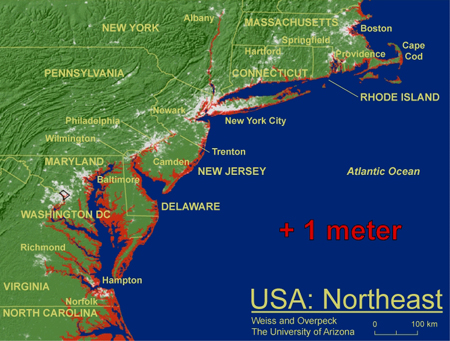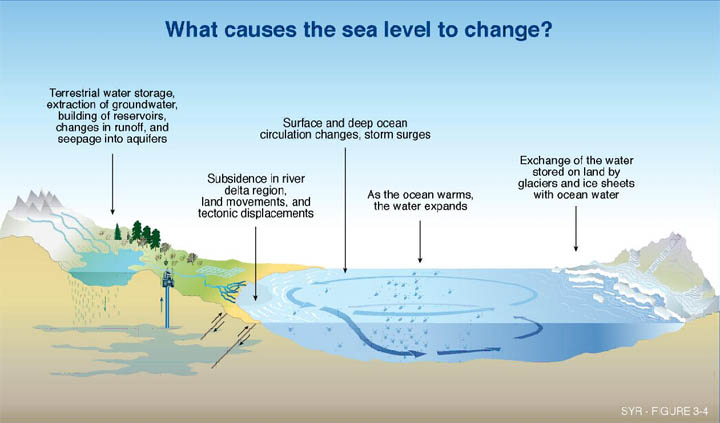Two students from the University of Toronto have developed a prototype electric vehicle for use within city areas.
The car/bike hybrid is connected to a smartphone and can reach speeds of up to 20mph (32km/h).
It’s a car! It’s a bike! No … it’s a plug-free electric hybrid prototype!
OK, so they need to work on the name, but it’s a smart concept: a team of PhD candidates from the University of Toronto has created an electric pedal-powered car-bike that could help beat the traffic snarls that plague our city’s streets.
“The project was inspired by my experiences commuting from Union Station,” co-creator Phil Lam says with a laugh. “But everybody’s experience is bad, right? Drivers get stuck in traffic. People who take public transit never get anywhere on time. Walking is pleasant, but it doesn’t take you very far ... Cycling, if not outright dangerous, is certainly uncomfortable for a lot of reasons. Everybody’s suffering in their own way. The answer is reinterpreting how we get around.”
Fitted with wires, bike parts and a few Tupperware containers, the prototype looks like a cross between a recumbent bicycle and a homemade sci-fi space pod. Within the lightweight aluminum chassis, however, are the seeds of a vision for healthier, happier, and more sustainable urban transport in increasingly dense cities.
You charge the vehicle’s battery by pedalling. The intensity of pedalling controls its 500-watt engine’s throttle. The engine itself is fully programmable, which means that you can easily adjust the pedal-to-engine-power ratio. Rushing to an important meeting? Let the engine do most of the work, so you don’t show up sweaty. In need of a little exercise? Pedal the roughly 45-kilogram vehicle until you feel the burn.
The three-wheeled vehicle is tall enough to be seen by other traffic, yet narrow enough to manoeuvre through congested streets. It even has a windshield to protect you from the elements and a small trunk for parcels and groceries.

Phil Lam, left, and Jonathan Lung have created a startup, Sojourn Labs, supported by U of T's Impact Centre. It took them 18 months to design and build the prototype of their electric pedal-powered car-bike.






